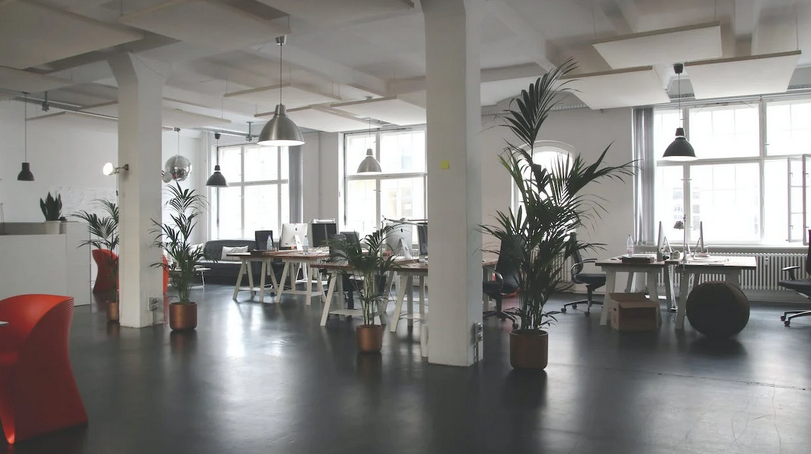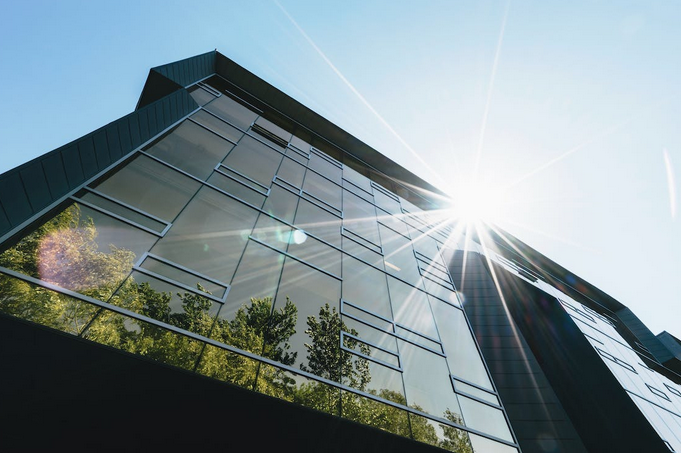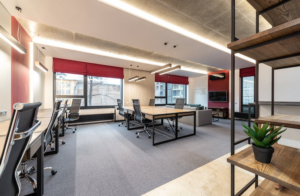
As businesses around the world continue to prioritize sustainable practices, did you know that nothing is surprising anymore when it comes to green office buildings becoming more popular? Not only do these environmentally conscious structures help reduce energy costs and decrease a company’s carbon footprint, but they also provide employees with a healthier and more productive work environment.
However, not all so-called “green” office buildings are created equal. In this post, we’ll explore the must-have features that define a green office building and set it apart.
Responsible Roofing

When it comes to a green office building, the roof is often overlooked. However, responsible roofing can have a significant impact on both energy efficiency and sustainability.
One crucial aspect of responsible roofing is insulation. Insulation helps regulate temperature and reduces the amount of energy required for heating and cooling.
Additionally, proper insulation prevents heat from escaping in colder months and keeps cool air inside during warmer months. Another key feature of a green roof is reflective materials which can significantly decrease indoor temperatures during hot weather conditions.
Good Indoor Air Quality
 Imagine working in an office with bad air quality. I can’t imagine how horrible your yearly medical bills are going to be. That’s why ensuring good indoor air quality is always a good idea. It ensures that people working in the building breathe clean and safe air, leading to increased productivity and reduced health risks.
Imagine working in an office with bad air quality. I can’t imagine how horrible your yearly medical bills are going to be. That’s why ensuring good indoor air quality is always a good idea. It ensures that people working in the building breathe clean and safe air, leading to increased productivity and reduced health risks.
One way to achieve good indoor air quality is by using natural ventilation systems allowing fresh outdoor airflow into the building. This helps reduce the concentration of indoor pollutants such as carbon dioxide, volatile organic compounds (VOCs), and other harmful chemicals.
Proper Insulation
Proper insulation is another key feature defining a green office building for a good reason. It helps maintain a comfy indoor temperature and reduces energy consumption and carbon footprint.
Insulation plays an integral role in keeping the heat inside during cold weather and outside during hot weather, reducing heating and cooling costs. Moreover, proper insulation can prevent air leaks, reduce noise pollution, and improve the overall comfort level of the building.
A well-insulated green office building typically uses eco-friendly materials such as recycled cellulose or wool instead of traditional fiberglass batts. These materials have higher R-values (a measure of thermal resistance) than fiberglass batts and are more sustainable.
Greener Lighting System
 A greener lighting system can significantly contribute to the energy efficiency of a green office building. Instead of traditional incandescent bulbs, LED lights have proved to reduce energy consumption by up to 75%. These lights also have a longer lifespan meaning fewer replacements and less waste.
A greener lighting system can significantly contribute to the energy efficiency of a green office building. Instead of traditional incandescent bulbs, LED lights have proved to reduce energy consumption by up to 75%. These lights also have a longer lifespan meaning fewer replacements and less waste.
Another way to implement a greener lighting system is through natural light. Maximizing the use of natural light not only saves energy but also has a positive impact on employee productivity and well-being. You can also invest in smart lighting systems that use sensors to adjust the lighting accordingly automatically.
Takeaway
In today’s world, it is imperative to prioritize sustainability in every aspect of our lives. The business industry has a significant role to play in ensuring that the environment is protected for future generations. Green office buildings are an essential part of this effort.
By implementing these features, companies can reduce their carbon footprint and create healthier working environments for their employees. Additionally, eco-friendly offices appeal to clients who are environmentally conscious as well.

